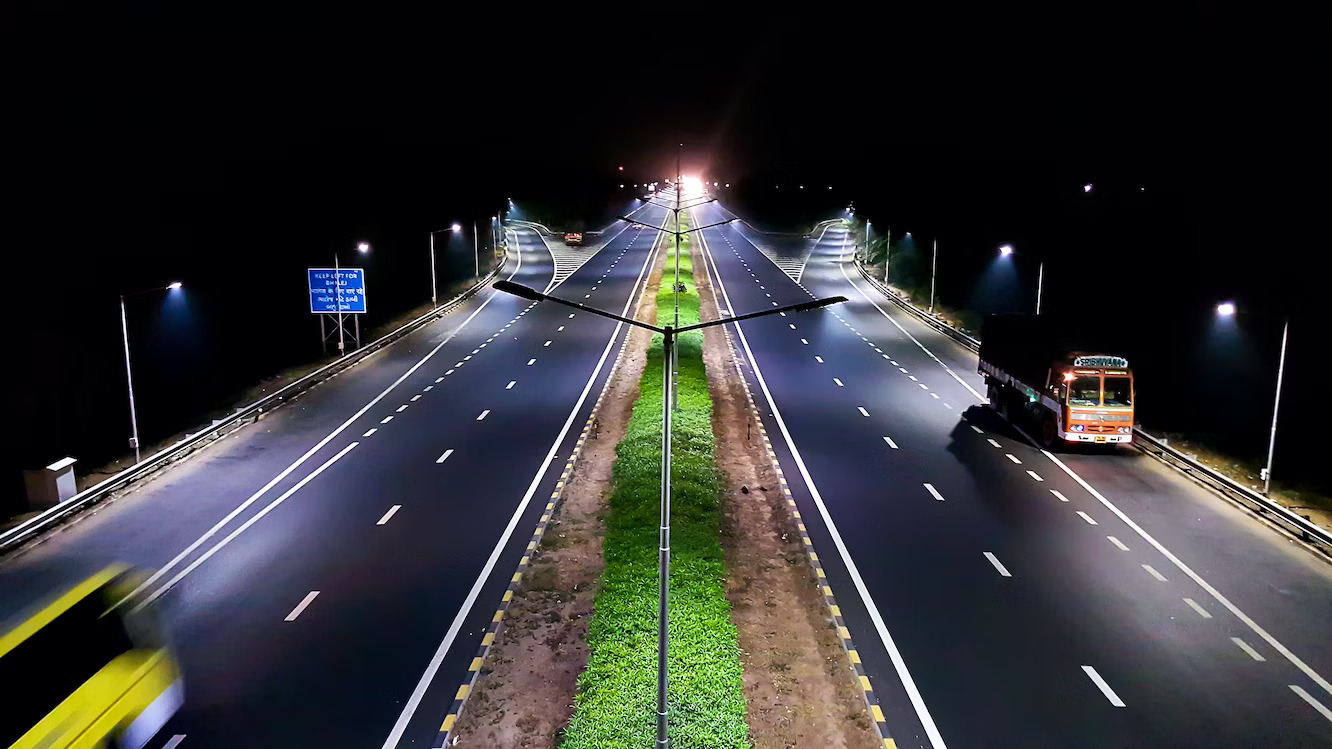Highways are crucial transportation arteries, connecting cities and regions, facilitating commerce, and enabling travel. However, they are also the site of numerous accidents, resulting in devastating consequences. Understanding the major reasons behind highway accidents is essential to developing effective preventive measures. The following are some key factors that contribute to accidents on highways, shedding light on areas that require attention and improvement.
1. Human Error
Human error remains the leading cause of accidents on highways. Distracted driving, such as texting or talking on the phone, diverts attention from the road. Fatigue and drowsiness impair reaction times and decision-making abilities. Reckless driving, including speeding and aggressive maneuvers, heightens the risk of collisions. Furthermore, driving under the influence of alcohol or drugs severely impairs judgment and coordination. Addressing human error necessitates increased awareness campaigns, stricter enforcement of traffic regulations, and driver education initiatives.
2. Poor Road Conditions
Another significant contributor to highway accidents is inadequate road conditions. Potholes, uneven surfaces, and inadequate signage pose serious hazards to drivers. Insufficient maintenance and repair of highways can lead to tire blowouts, loss of vehicle control, and accidents. To mitigate this risk, governments must prioritize regular maintenance, resurfacing projects, and improved signage systems to ensure safer travel conditions.
3. Inclement Weather
Extreme weather conditions, such as heavy rain, snowstorms, fog, or high winds, significantly increase the likelihood of accidents on highways. Reduced visibility, slippery road surfaces, and reduced tire traction are common factors that contribute to weather-related accidents. Implementing weather monitoring systems, installing better drainage systems, and issuing timely weather alerts can assist drivers in making informed decisions and adapting their driving behaviors accordingly.
4. Vehicle Malfunctions
Mechanical failures and vehicle malfunctions can unexpectedly lead to accidents. Brake failures, tire blowouts, faulty steering mechanisms, and defective lights or indicators can result in loss of control and collisions. Regular vehicle maintenance, thorough inspections, and timely repairs are imperative to prevent accidents caused by mechanical failures. Manufacturers should also prioritize quality control to reduce the likelihood of malfunctioning components.
5. Insufficient Driver Training and Licensing
Inadequate driver training and licensing standards contribute to accidents on highways. Insufficient knowledge of traffic laws, poor defensive driving skills, and lack of experience in handling different driving situations are common issues. Strengthening driver training programs, emphasizing defensive driving techniques, and enforcing stricter licensing requirements can enhance the competency and preparedness of drivers, reducing the occurrence of accidents.
6. Construction Zones
Highway construction zones pose unique challenges for drivers. Reduced lanes, changed traffic patterns, and temporary signage can confuse and distract drivers, increasing the potential for accidents. Improving communication between construction crews and motorists, providing clear and visible signage, and enforcing lower speed limits in construction zones are crucial measures to ensure the safety of both drivers and construction workers.
Highway accidents can be attributed to a combination of factors, but understanding the major causes allows us to prioritize interventions and work toward preventing these accidents. By addressing human error through education and enforcement, improving road conditions and maintenance, accounting for weather-related risks, ensuring vehicle maintenance, enhancing driver training programs, and managing construction zones effectively, we can make significant strides in reducing the frequency and severity of accidents on our highways. The collective efforts of policymakers, law enforcement agencies, transportation authorities, vehicle manufacturers, and drivers are essential in creating safer highways for all.



